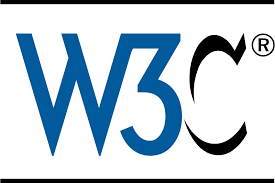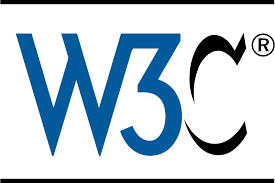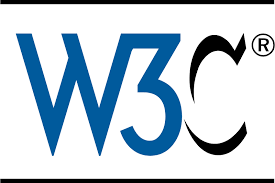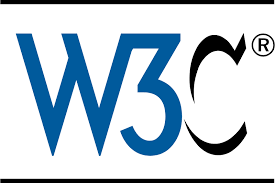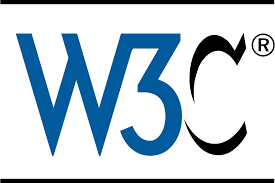OASIS Litigant Portal (LP) TC
The OASIS Litigant Portal (LP) Technical Committee is chartered to produce specifications for data interoperation between Litigant Portal Modules. The technical specifications are collectively referred to as the Litigant Portal Exchange (LPX) Specifications. Portal modules are designed to provide assististance to self-represented litigants. The modules will (a) define structured interactions between related modules in the portal, (b) facilitate navigation between modules in the portal, (c) define interfaces with external partners and resources. Specifications for information exchange will initially support XML data formats. Members of the LP TC may also produce non-Standards Track content such as tutorials, usage guides, quick start guides and other documents that will assist the broader community in adopting the LPX specifications.
The TC is affiliated with the OASIS LegalXML Member Section. For more information on the LP TC, see the TC Charter.






